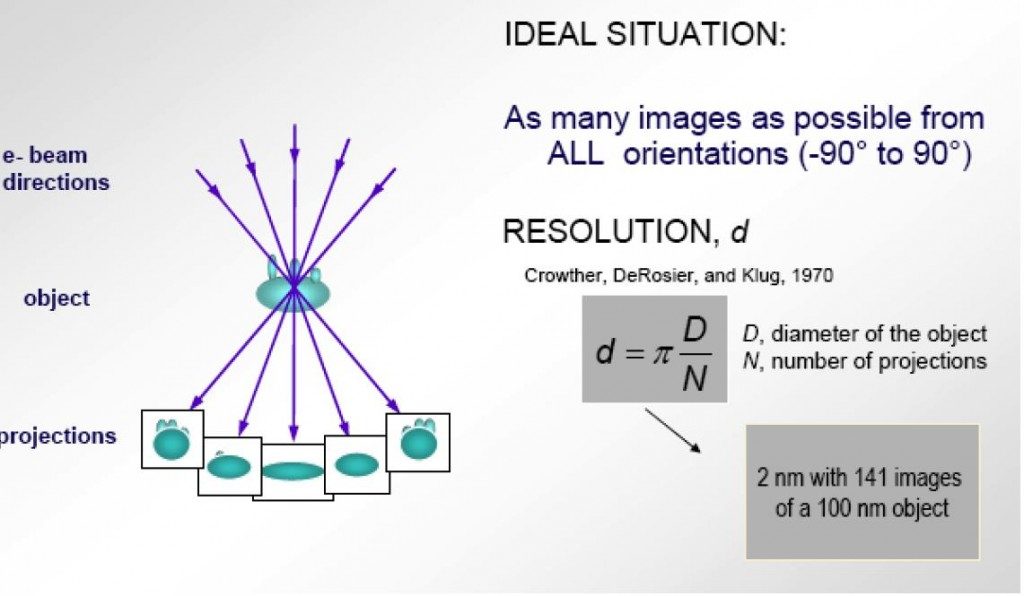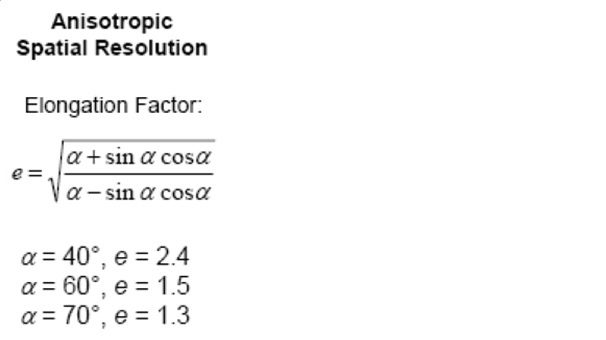

Examples of Vitrification and observation by cryo-TEM of polymeric vesicles (left), polymeric Nanoribbon (right). Both samples belong to the INMA group of Liquid Crystals and Polymers.
In biology field, bright-field TEM (BF-TEM) is the most appropriated imaging method for tomography tilt series acquisition because, for amorphous sample, the projected image intensities vary monotonically with material thickness. On the other hand, for material science this condition, the variation monotonically of the intensities is difficult to guarantee in BF/HRTEM, where image intensities in crystalline samples are dominated by phase-contrast, which change when change the relative angle between the sample and the electronic beam. However, the technique of annular dark-field scanning transmission electron microscopy (ADF-STEM) and high angular ADF detector (HAADF) are more effectively suppressing phase and diffraction contrast, providing image intensities that vary with the projected mass-thickness of samples up to micrometres thick for materials with low atomic number. ADF-STEM also acts as a low-pass filter, eliminating the edge-enhancing artifacts common in BF/HRTEM.
Tomography can yield a reliable reconstruction of the underlying specimen which is extremely important for its application in nanoscience and nanotechnology.
Laboratorio de Microscopías Avanzadas
We are a unique initiative at national and international levels. We provide the scientific and industrial community with the most advanced infrastructures in Nanofabrication, Local Probe and Electron Microscopies for the observation, characterization, nanopatterning and handling of materials at atomic and molecular scale.
Contact information
Campus Río Ebro, Edificio Edificio I+D+i
Direct Links
© 2021 LMA | Website developed by o10media | Política de privacidad | Aviso legal | Condiciones de uso | Política de Cookies |







